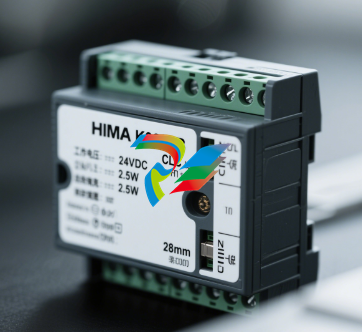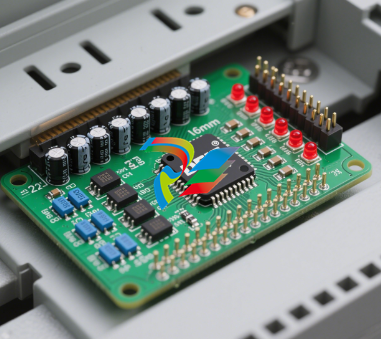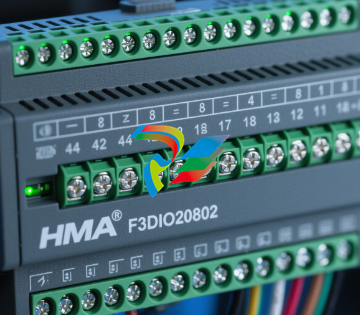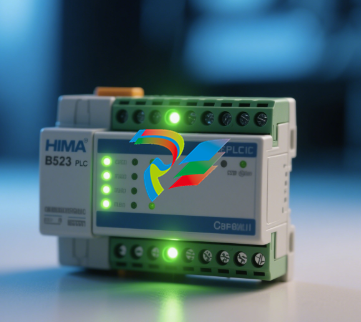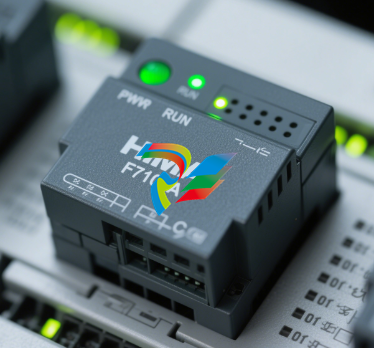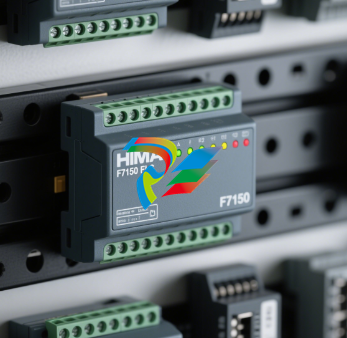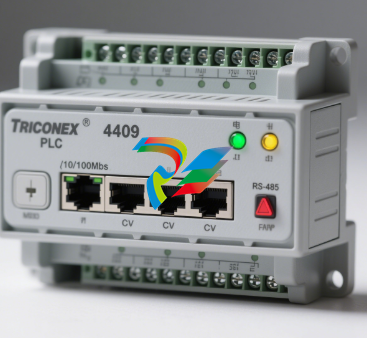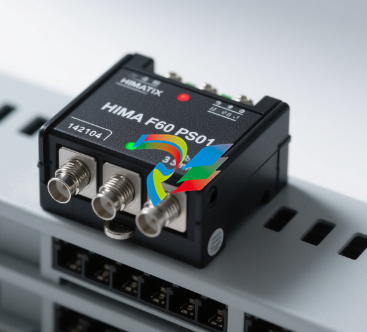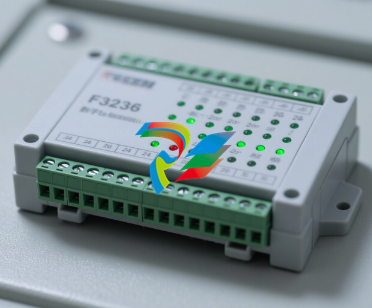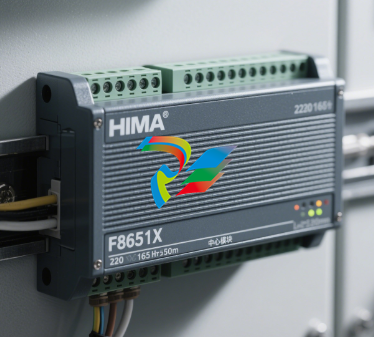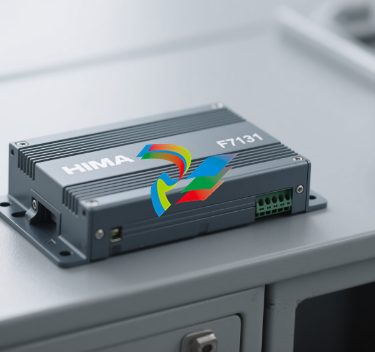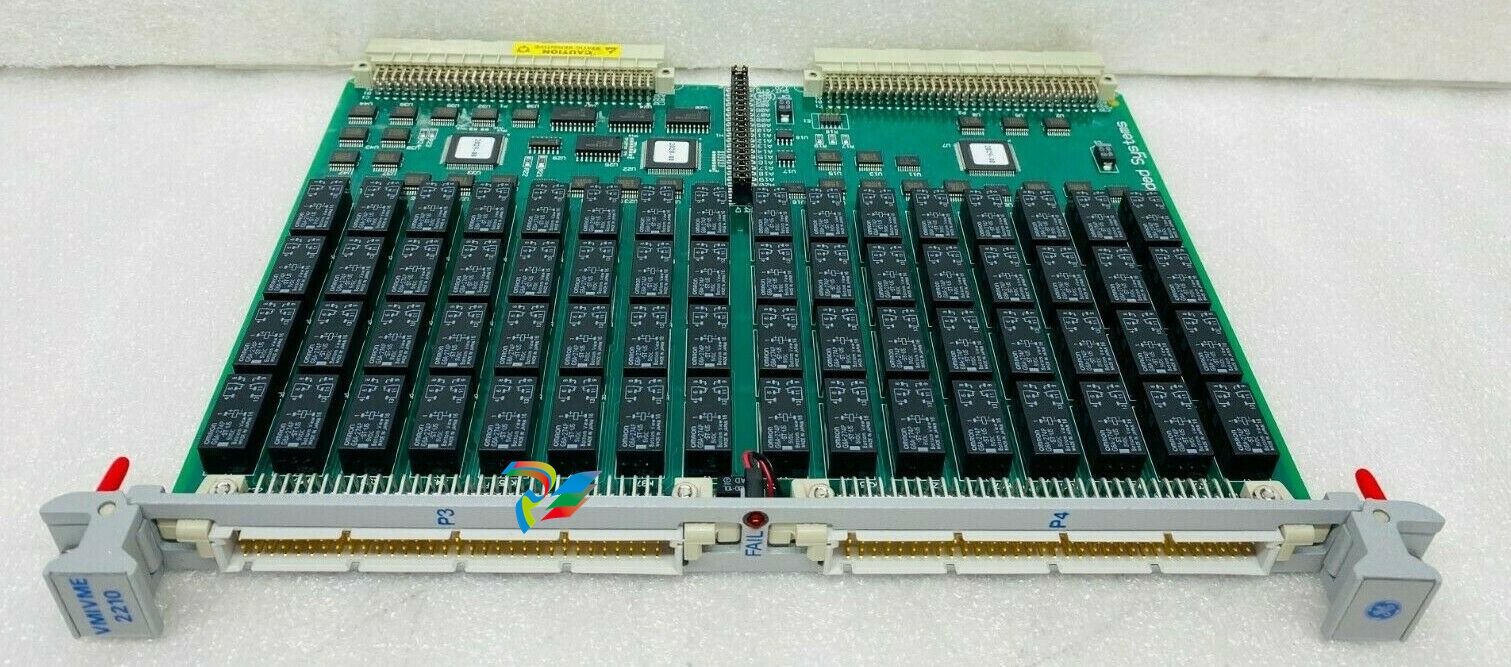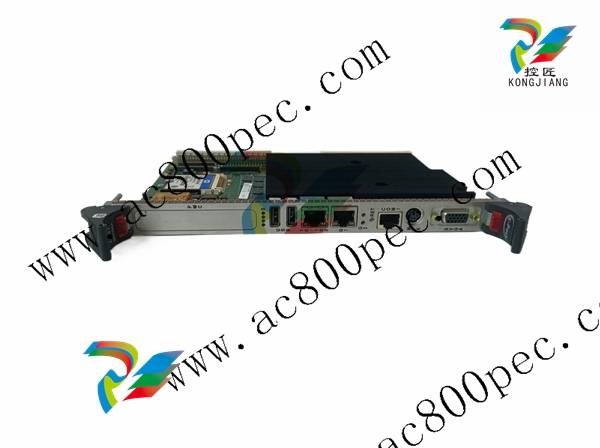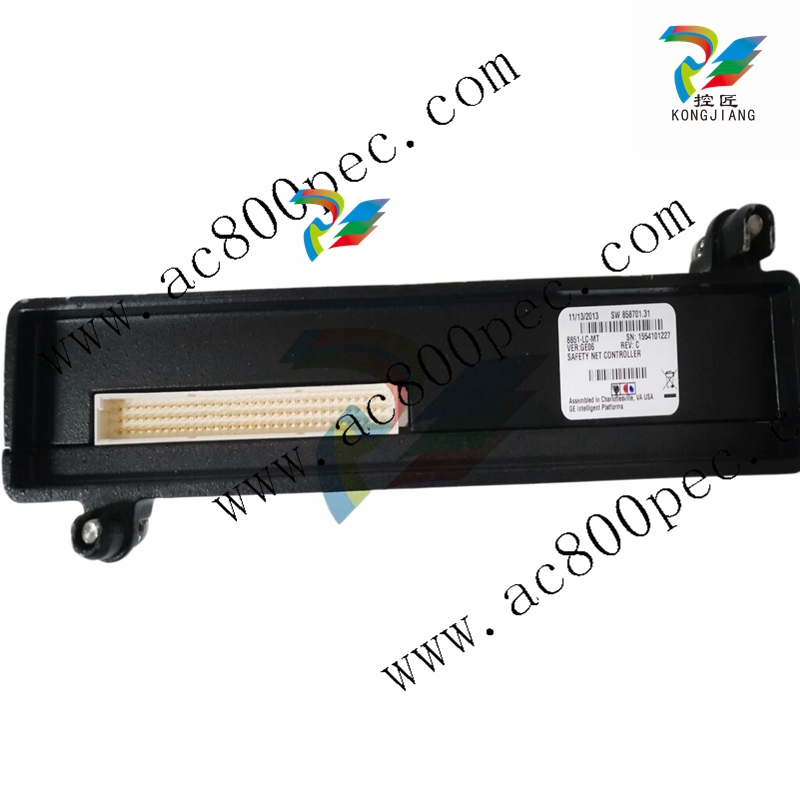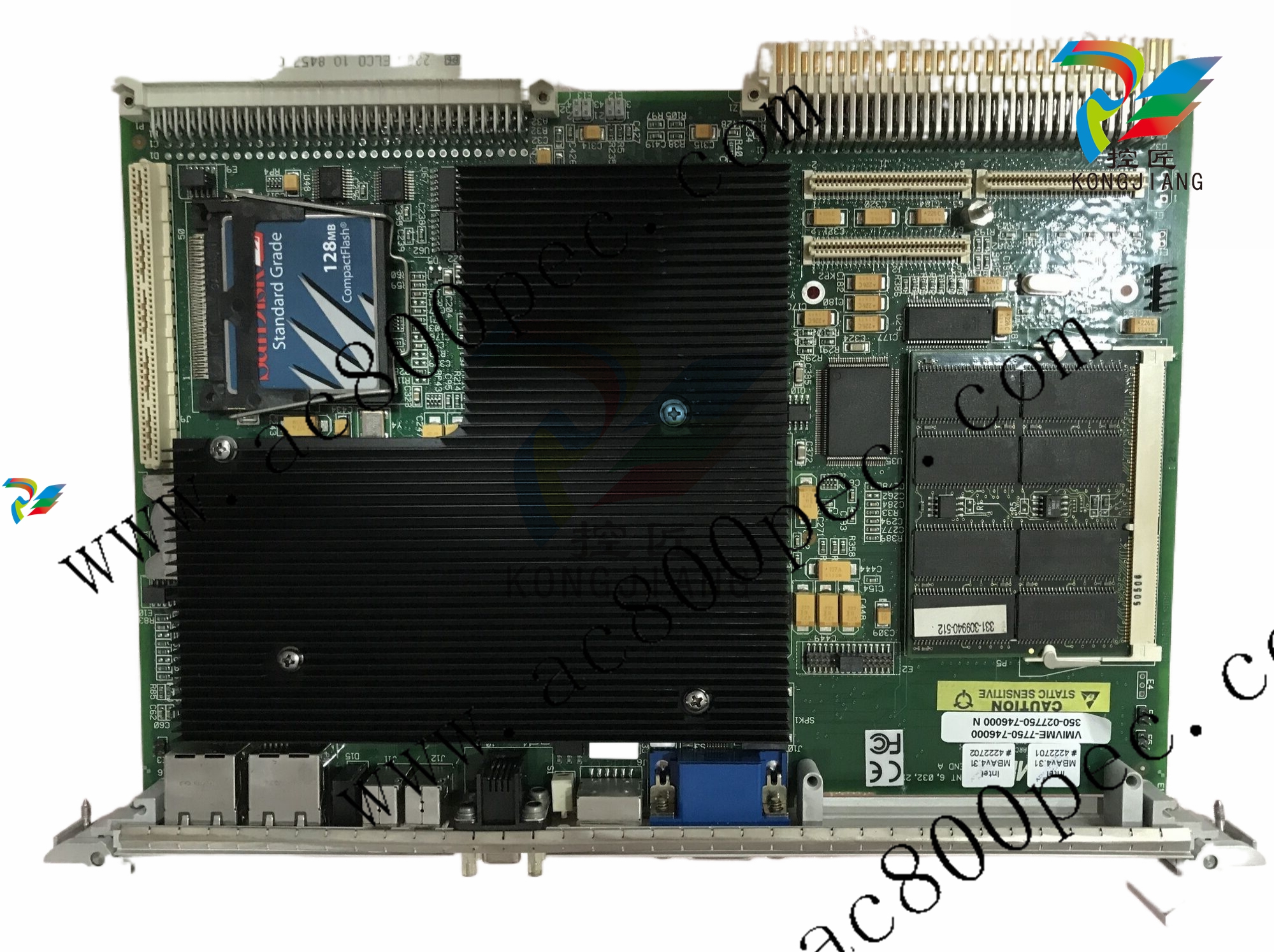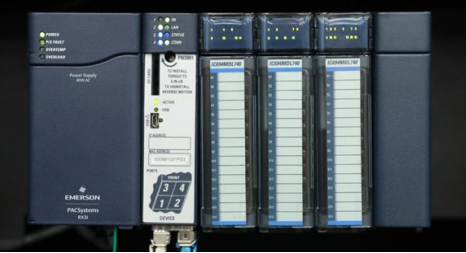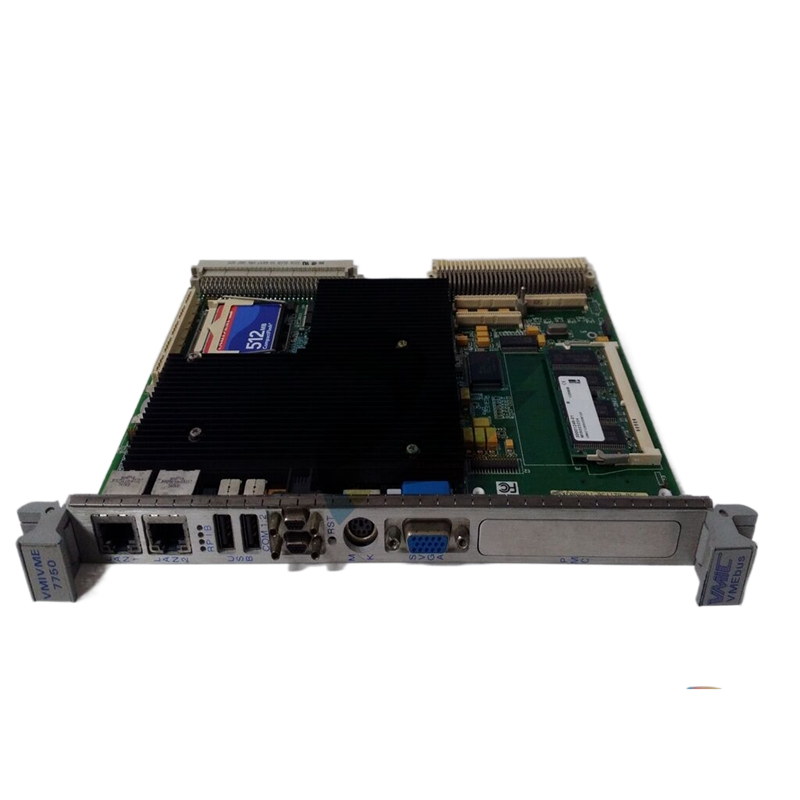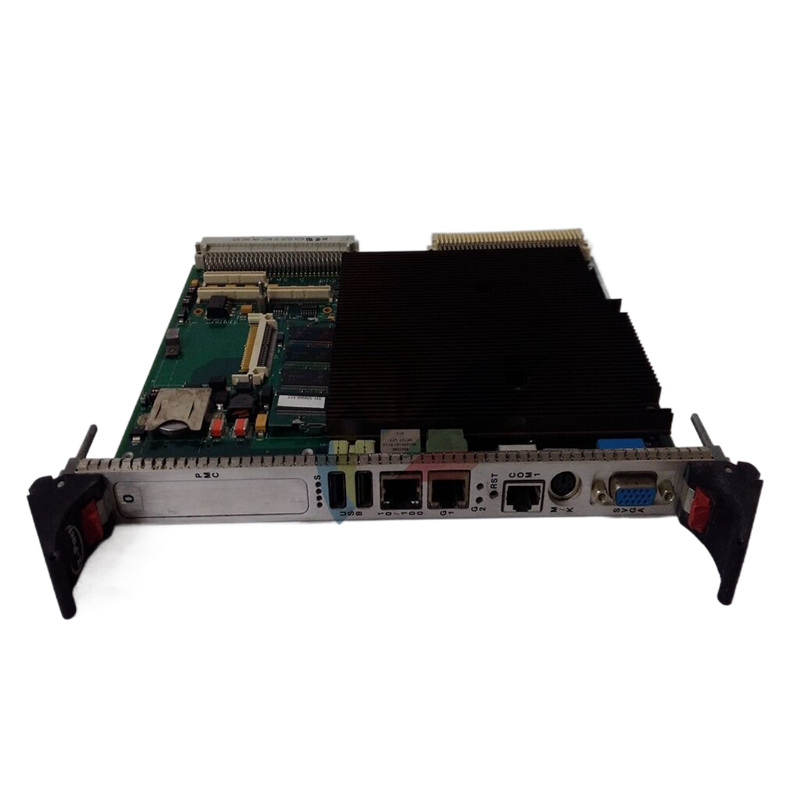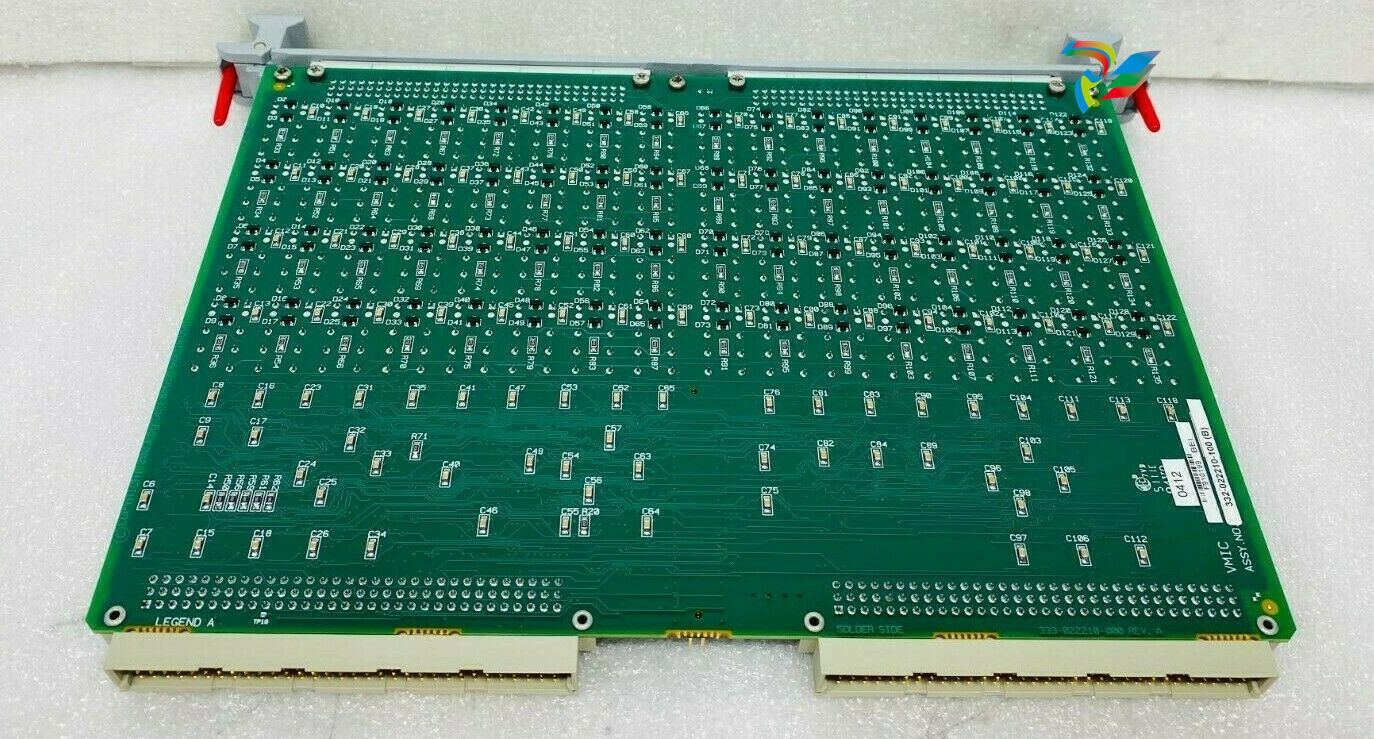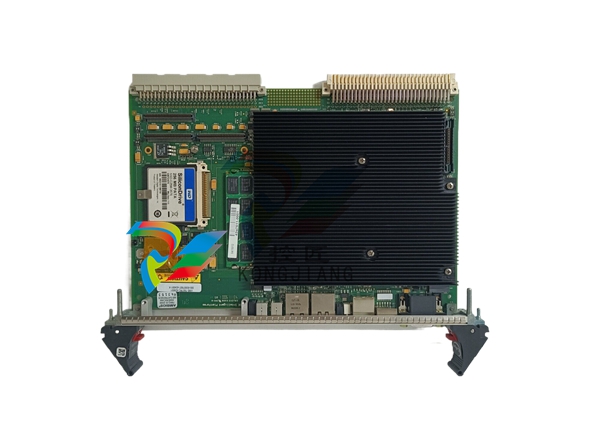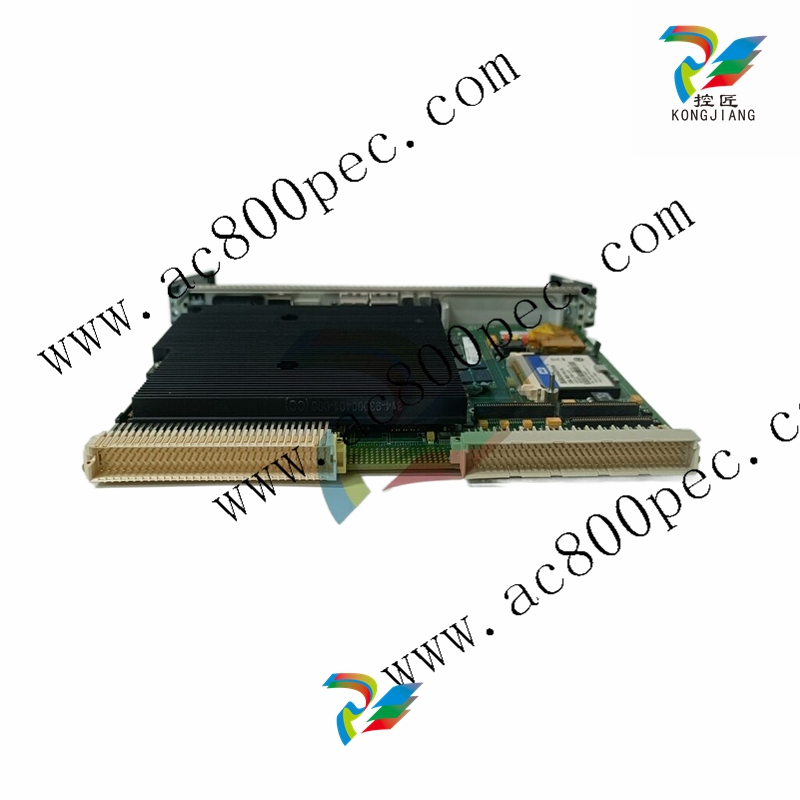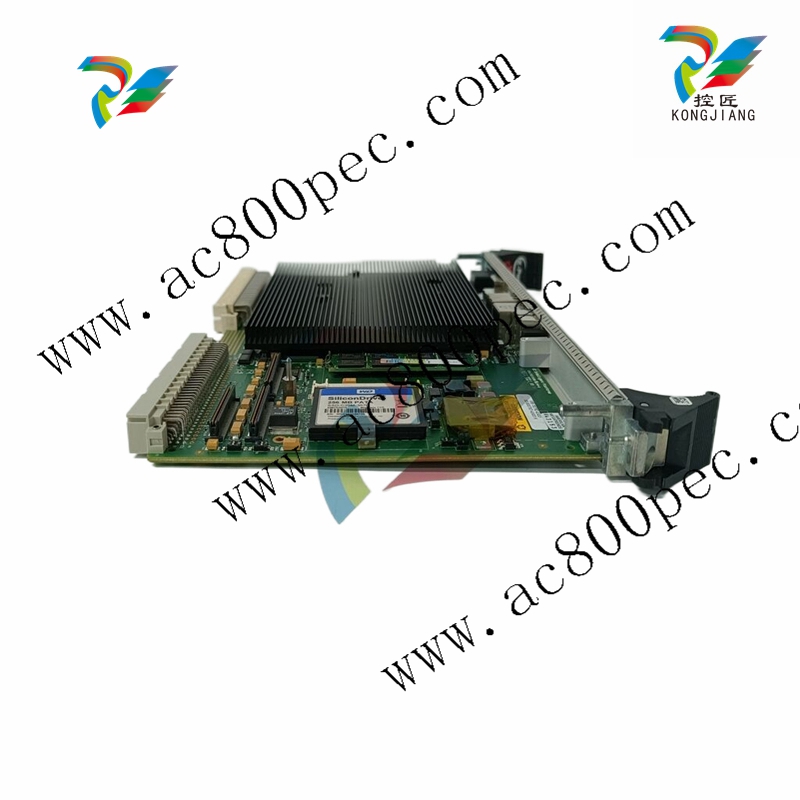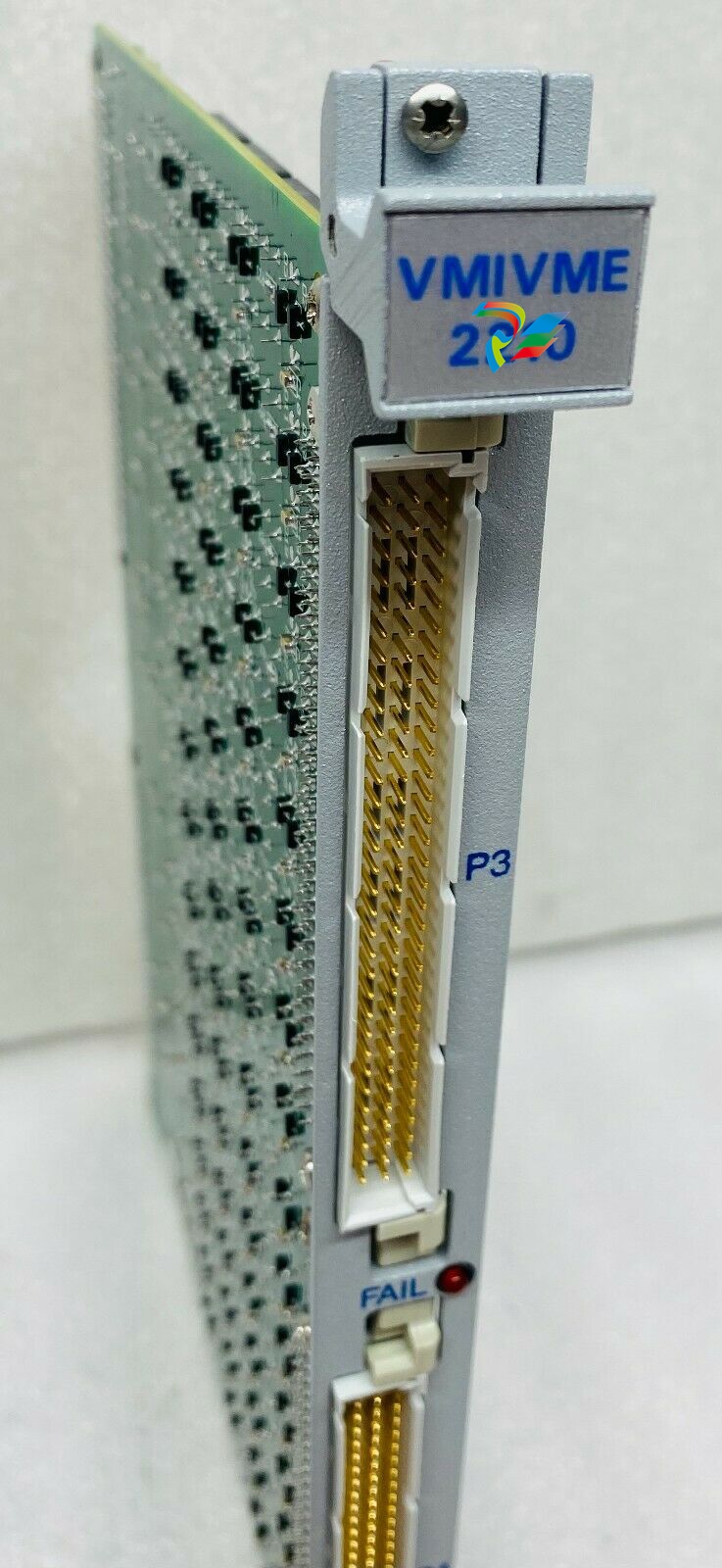
The 5 Most Powerful Combat / Battle Ships in the World
missiles and may be able to hold land-attack and anti-ship ballistic missiles in the future.
There are currently eight Type 055 Destroyers in service, with three vessels in construction. They are part of China’s Northern and Southern Theatre commands in seas around Siberia and the Korean Peninsula, as well as the South China Sea and part of South-East Asia, escorting China’s expanding fleet of aircraft carriers.
4. Zumwalt Class Destroyer
Class: U.S. Navy guided-missile destroyer
Launched: 2016
Cost: $7.5 billion
The largest and most technologically advanced destroyer in the world, the Zumwalt Class Destroyer is futuristic in its design. The U.S. Navy developed this vessel hoping to cross new technological frontiers in naval warfare. However, its success has been limited by several significant setbacks.
Measuring 190 meters long and 25 meters wide, Zumwalt is the world’s largest destroyer, with stealth features for use in anti-air, anti-submarine, anti-surface, and littoral warfare. Its sleek shape, unique tumblehome hull design, and ability to operate on electric power alone make it the ultimate player in stealth warfare.
Initially designed for naval gunfire support, with Advanced Gun Systems (AGS), 920 round turrets, and the new Long Range Land Attack Projectile ammunition (LRLAP), the Zumwalt Class faced numerous procurement and technical issues when launched. As a result, the lead ship USS Zumwalt has been repurposed for surface warfare, with four Multiple All-Up Round Canisters (MACs) that carry three CPS missiles each. With a re-launch scheduled for 2025, all eyes are on this standard bearer for modern, high-tech naval warfare.
5. HMS Victory
Class: Royal Navy 104-gun first-rate ship of the line
Launched: 1765
Cost: £63,176 (around $65 million today)
Perhaps the most celebrated warship in history, the HMS Victory is — amazingly — still in commission, making it by far the world’s longest serving warship. The HMS Victory showcased British naval technology at a time of constant war in Europe.
An enormous vessel, it could carry up to 104 guns. The ship’s design meant it could transport 84 tons of guns on its lower deck, 70 tons on its middle deck, and 52 tons on its upper deck, and still travel with relative speed. Its military proficiency and ability to outrun enemy vessels made it the most powerful and dominant ship throughout the 18th and 19th centuries.
HMS Victory fought in six major battles, most famously leading Admiral Nelson to victory against Napoleon in the Battle of Trafalgar. It is the only surviving ship to have fought in the American War of Independence, the French Revolution, and the Napoleonic Wars.
The Future Of Combat Ship Technology
Advancements and innovations in quantum computing, data analytics, and artificial intelligence (AI) are already expanding the capabilities of naval warfare technology and will continue to do so. With the launch of autonomous ships, militaries will be capable of optimizing their routes and speeds and leveraging AI to anticipate threats more efficiently.
As well as modernizing and optimizing the destroyers currently in service, navies around the world are developing brand new classes of combat ships, most notably the long-awaited replacement for the Arleigh Burke class – the DDG(X), which will have more room for growth and more advanced sensors than its predecessor. China is continuing to build and improve its Type 055s, favoring quantity over technological innovation, while Russia is yet to launch the Lider-class destroyer, its nuclear-powered guided missile destroyer.
No major military is looking to slow down production, and the global warship and naval vessels market is expected to reach $95.1 billion by 2032.

